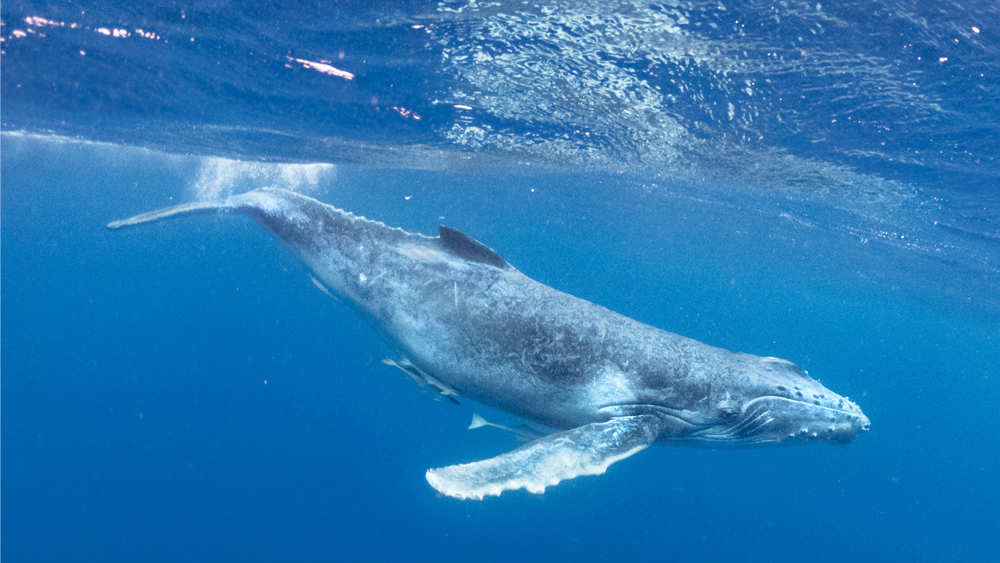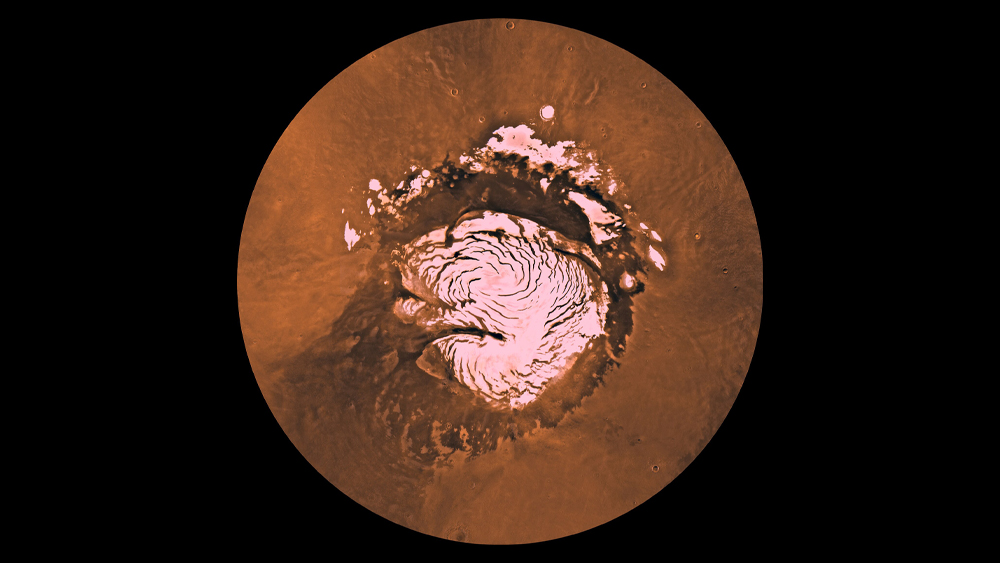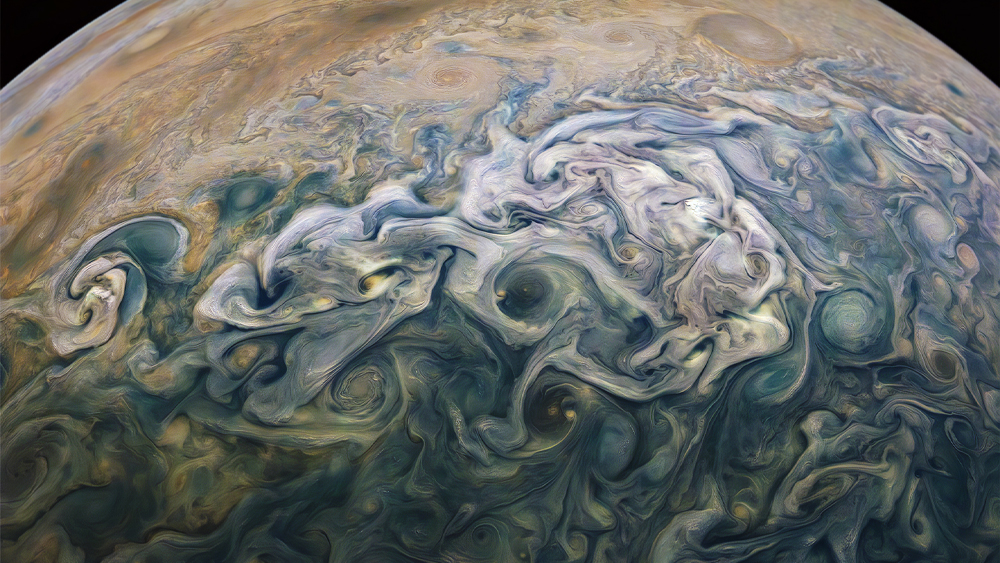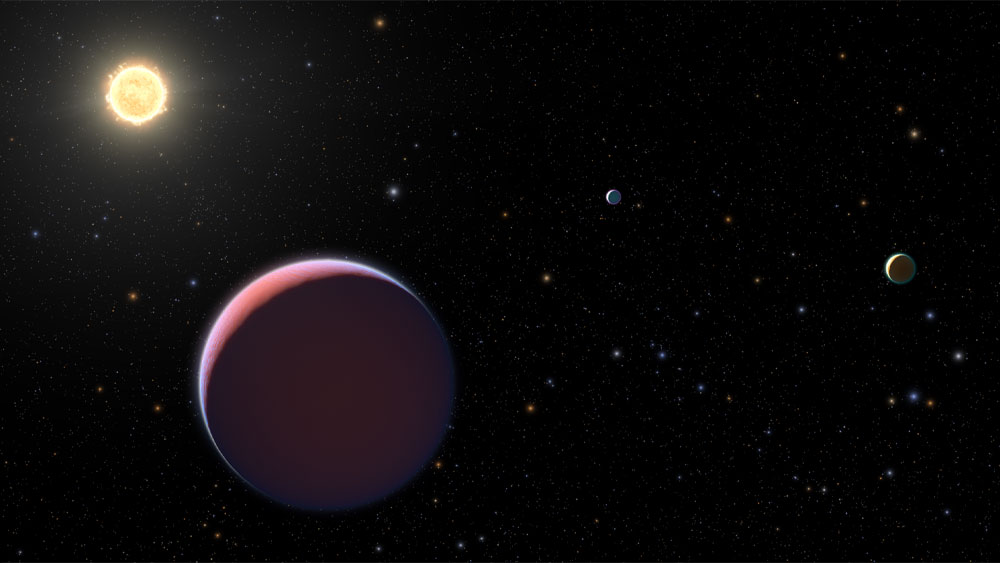
Humpback Whale Calls Echo Creation
There is nothing simple about the system of communication called language, whether animal or human.1 Human language is a very sophisticated arrangement of words and grammar created in the beginning by God.2,3 In fact, “there is no clear picture of when and how human language evolved.”4 In 2014, evolutionists stated,












